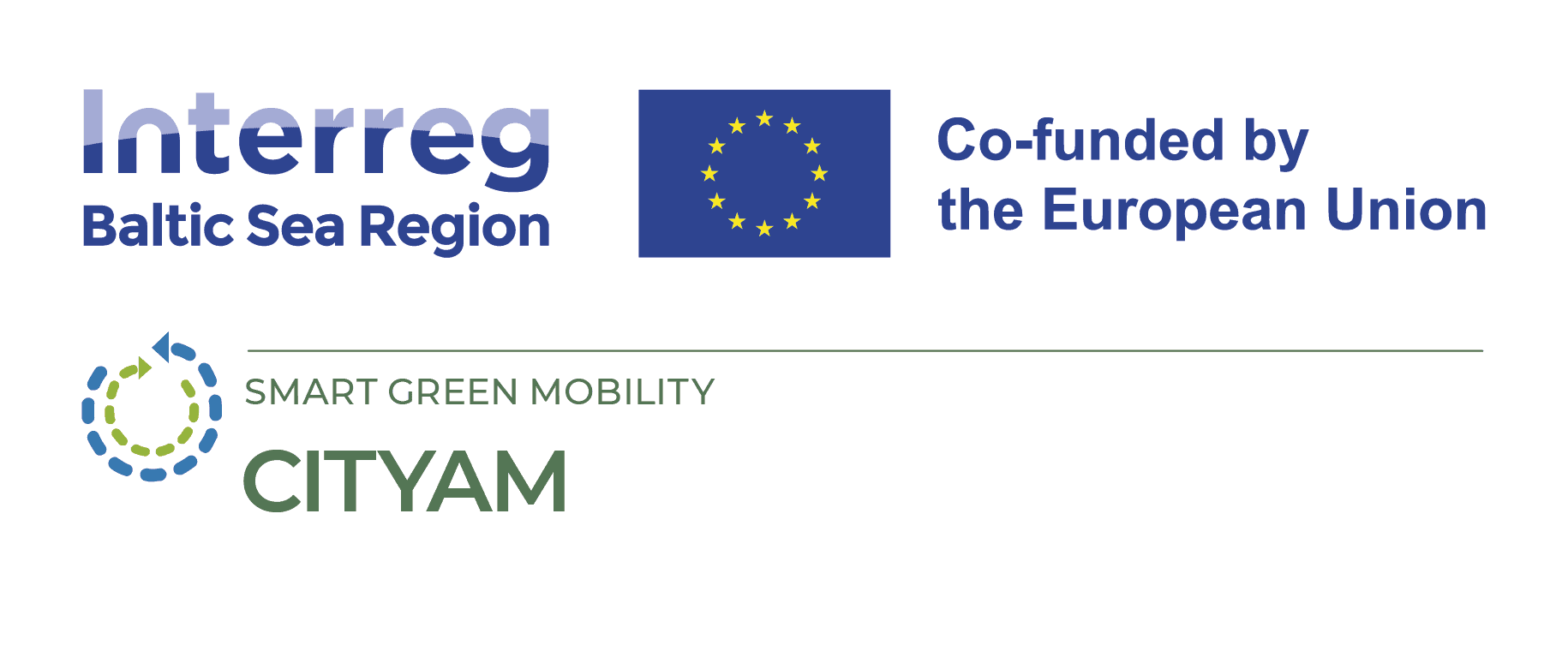
Survey Results: Helsinki Residents Need More Knowledge on Drones
27 June 2025
A recently published drone survey, conducted by Forum Virium Helsinki, asked 500 Helsinki region residents about urban air mobility and drone acceptance. The questions covered landing sites, use cases, and general knowledge about the topic.
The survey is part of a series done in six countries by the EU-funded CITYAM project. The questionnaire was developed by Tallinn University of Technology and it contains the same questions in all the cities.
Results were gathered in 2024 and new rounds are on the go in 2025.
Lack of Knowledge: 68,5 % Have Little to No Information
The results from the survey done in Helsinki, show that awareness of urban air mobility is growing, but knowledge about it is still limited. A majority (nearly 54%) of residents report having “little information” on the topic, while nearly a quarter (24.5%) have “no information at all”. This highlights a need for more public education.
The now published numbers are similar to the ones obtained in 2023 as part of the AiRMOUR project and the previous results from the CITYAM project gathered in the spring 2024. In 2024, 45% of the respondents reported they had a bit of information while 32 % said they didn’t know much or anything at all.
Despite knowledge gaps, Helsinki citizens have shown, and still show, clear support for specific drone uses. There’s strong acceptance of drones in emergency situations, with 64% finding this “very acceptable”. In the 2023 survey, a remarkable 91% of residents even welcomed drones near their homes in emergency situations. In other situations citizens preferred strongly uninhabited areas for landing sites.
In the most recent survey, also environmental monitoring gets high approval as a use case, with 53% considering it “very acceptable”. This indicates that residents see the value of drones for environmental protection.
Concerns About Safety – Regulation Wanted
Alongside acceptance, the survey also reveals public concerns. In the most recent survey, “criminal activity” was a significant worry, with 27.3% of respondents expressing being “very worried” about it.
Issues like “invasion of privacy” and “misuse of data” also ranked among the most worrisome topics. These concerns echo the prominent worries from the earlier surveys, where 84% were concerned about increased surveillance from camera drones, and weakening privacy protection was a top concern. ‘Perhaps surprisingly, noise is not in the top-5 (?) of concerns, even though this is a topic that often causes discussion. It got ranked 6th out of 12 concerns.
Residents clearly care about the purpose of drone flights, favoring uses that benefit society, like emergency response. These results on flight purposes suggest that residents want strong regulations to prevent misuse and protect both people and animals.
The purpose of the flight remains a critical factor for respondents. The importance of drone use is likely evaluated based on perceived societal benefits, such as its role in emergency response as opposed to purely commercial activities.
Take-off and Landing Sites Need to Be Chosen Carefully
When considering drone operations, Helsinki citizens prioritize safety. The safety of take-off and landing sites is rated as “very important” by a majority. Regarding suitable locations for drone operations, residents consistently express clear preferences across both surveys: industrial areas and the roofs of commercial buildings are clearly favored for take-off and landing.
Conversely, sidewalks and street infrastructure (like public transport stops) were widely considered “not suitable at all”. This aligns with the previous findings, which showed strong opposition to drones flying freely over residential areas and pedestrian centers. All the surveys emphasize a consistent citizen desire for drone operations to minimize disruption and potential risks in highly populated urban spaces.
Helsinki’s Path Forward: Listening to the Public
Overall, the surveys emphasize that Helsinki residents should be actively engaged in the conversation about urban air mobility. Their opinions about safety, acceptable uses, and appropriate locations are vital in shaping the future of drones in the city.
The purpose of the drone’s flight and the safety of its take-off and landing sites continue to be paramount for Helsinki residents. These factors underpin the public’s opinion, signaling that perceived societal benefit and robust safety measures are key to acceptance.
As Helsinki develops its urban air mobility, continually incorporating these detailed insights from its citizens will be crucial for a successful and socially responsible integration of drone technology.
The results of these surveys were collected in 2023 and 2024. This year, the CITYAM project funded by the European Union is holding a new drone survey for Helsinki residents for the purpose of further mapping local attitudes, benchmarking them with the previous results and signalling longer-term trends.
Photo: Vesa Laitinen





